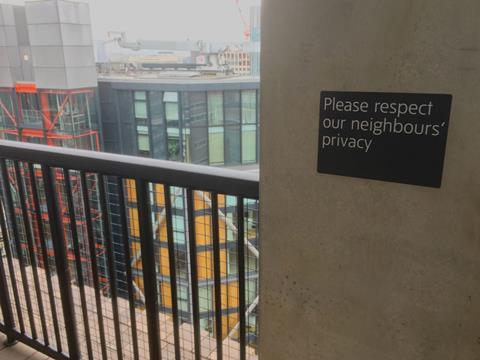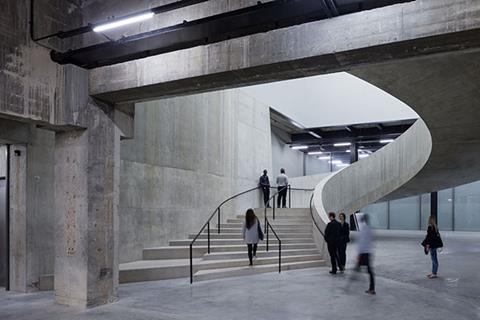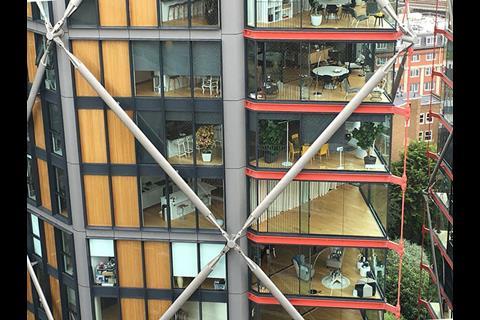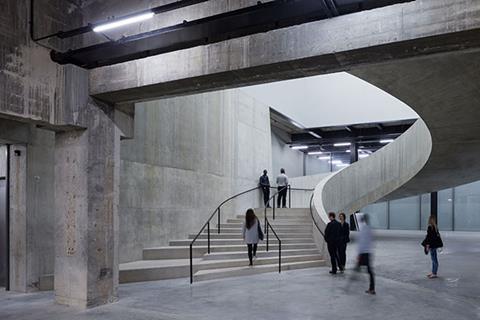Judge rules against residents of RSHP’s Neo Bankside who demanded privacy from Herzog & de Meuron extension
The High Court has rejected a demand for action over loss of privacy caused to residents of RSHP’s Neo Bankside development by the 10th-floor viewing gallery of Herzog & de Meuron’s Tate Modern extension.
Five owners of flats in the development, where prices ranged from £2m to £19m, had launched legal action against the Tate Board of Trustees calling for part of the open-air viewing gallery to be either cordoned off from the public or screened to provide greater privacy.
Evidence given to a hearing last year included one of the claimants saying they had counted 84 gallery visitors photographing their south London flats in the space of around 90 minutes.
Another claimant said in written evidence that it broke her heart to think that people had been able to film and photograph her young daughter in the kitchen or living room of their home “on the rare occasion” that she had forgotten to draw the blinds.
But in a ruling handed down today, Mr Justice Mann told the complainants: “I have rejected the claim in privacy and I have rejected the claim in nuisance.” He also dismissed an application for permission to appeal against his ruling.
The five claimants had argued that the degree of visual scrutiny they faced as a result of the viewing platform at the Tate Modern extension – originally called Switch House but now known as the Blavatnik Building – was a degree of visual scrutiny that breached their human rights.
The Tate Board of Trustees countered that the “obvious remedy” for being overlooked would be for residents to draw the blinds in their flats, or put up curtains.
Mr Justice Mann said he accepted that the behaviour of visitors using the viewing terrace was a material intrusion into the privacy of the flats that could lead to an actionable nuisance claim in the appropriate case.
However he said the tenants had “created their own sensitivity” by purchasing apartments with floor to ceiling windows.

Natasha Rees, partner and head of property litigation at Forsters, which represented the homeowners, said she was “extremely disappointed” with the result.
“The limited steps taken by the Tate to prevent visitors viewing into my clients’ apartments are ineffective and both my clients and their families will have to continue to live with this daily intrusion into their privacy,” she said.
“We are considering an appeal to the Court of Appeal.”
In a statement, Tate Modern said Herzog & de Meuron’s level 10 viewing platform was an important part of the gallery’s public offer.
“We are pleased it will remain available to our visitors,” it said.
“We continue to be mindful of the amenity of our neighbours and the role Tate Modern has to play in the local community. We are grateful to Mr Justice Mann for his careful consideration of this matter.”
Rogers Stirk Harbour & Partners’ Neo Bankside brings together five buildings of six to 24 storeys and delivers a total of 217 flats, plus office and retail space. The development was completed in 2012 and shortlisted for the Stirling Prize in 2015.
Herzog & de Meuron’s repurposing of Giles Gilbert Scott’s Bankside Power Station opened as Tate Modern in May 2000. The extension project began in 2004; it opened to the public in 2016.



































No comments yet